Guaranteeing Solar Warranties
Reassurance that investments in solar will be protected long-term is what grows the industry.
By David A. Schroeder and Jeanne Schwartz
Equipment warranties are becoming as critical as the sun for solar project development.
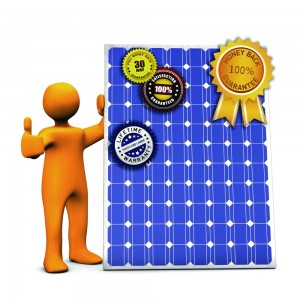 This idea may seem counterintuitive based on typical 20- to 25-year lifespan of solar projects, but financing parties are requiring additional levels of reassurance that their investments will be protected for the long term. Critical to these efforts are manufacturer warranties guaranteeing solar equipment performance. Without such protections in place, solar project developers and investors fear they cannot accurately predict project cash flows.
This idea may seem counterintuitive based on typical 20- to 25-year lifespan of solar projects, but financing parties are requiring additional levels of reassurance that their investments will be protected for the long term. Critical to these efforts are manufacturer warranties guaranteeing solar equipment performance. Without such protections in place, solar project developers and investors fear they cannot accurately predict project cash flows.
This is particularly true for mid-sized commercial PV projects that are generally harder to finance than large-scale utility projects. Without guaranteed protection, uncertainty often undermines additional project financing and threatens the sector’s growth.
What Are Warranties?
If you have ever purchased a refrigerator, washing machine or other big-ticket appliance, you likely were offered an original equipment manufacturers’ (OEM) warranty for the product. Such warranties protect the purchaser from defects and guarantee the reliability of the equipment under ordinary use during a specific period. Should the product fail within that time period, the OEM is required to replace or repair the item or refund the purchase price. In the solar industry, warranties are available on solar panels, inverters and racking systems.
Limited warranties for defects in materials and/or workmanship are offered on solar panels. The OEM warranty will guarantee the power output during the expected lifespan of a module, usually 25 years. For example, a manufacturer may guarantee a 90 percent power minimum output during the first 10 years and an 80 percent minimum output during the next 15 years. Warranties also are offered on other solar project components such as racking systems and inverters and, on average, provide protection between five and 10 years.
Types of Warranties
There are two different types of warranties: written and implied. Written or expressed warranties are those promises made by manufacturers in regards to the craftsmanship of the equipment supplied to be defect-free and able to perform at a certain standard during a specific period.
Implied warranties are unwritten guarantees about the condition of the products, which are created by and vary by state governments. There are two types: the implied warranty of merchantability and the implied warranty of fitness for a particular purpose.
The most common is the implied warranty of merchantability. This stipulates that the equipment being sold is in proper condition to perform as expected.
The implied warranty of fitness for a particular purpose is when a customer takes the advice of a seller as to the particular ability of a product to perform or be used in a specific way.
Manufacturer Warranties
Despite the numerous benefits of these guarantees, it is critical to understand the limitations and conditions affecting OEM warranties available for solar products.
- Voluntary: Manufacturers are not required to offer written warranties although most do as a marketing tactic to convince consumers the product is of good quality since they are willing to guarantee its performance.
- Terms and Conditions Vary: Warranty terms and conditions vary across manufacturers and equipment components. For example, most solar panels have a warranty period of 20 to 25 years. Solar racking systems typically come with 10-year warranties. This means that for a project expected to operate between 25 to 30 years, components will fall off warranty at different points of time of the project’s lifespan.
- Lengthy Claims Process: The current claims process for many manufacturers is hardly ideal for solar project owners. The time consuming process requires project owners to pay to uninstall a potentially defective panel and ship it to the manufacturer for inspection. The OEM will then determine the validity of the claim. The costs of shipping, installing and uninstalling the panels as well as the energy output lost in this transaction process are not covered by the manufacturer’s warranty.
- Nontransferable: Many warranties are not transferable from the original owner. The warranty is included within the equipment sales agreement which is written to whomever buys the equipment. For example, a distributor buys and sells the solar equipment to a developer which then in turn sells the equipment as a turnkey system to a project owner. Does the warranty transfer? In some cases yes, and in some cases no.
- Uninsured: Typically, OEM warranties are not backed by an insurance underwriter. If a manufacturer goes bankrupt, the warranty may be difficult if not impossible to have enforced. Those with claims filed at the time of bankruptcy will be viewed as unsecured creditors. Meanwhile, those holding written warranties and have not filed claims will not be able to make any future claims.
These conditions can create great anxiety for investors and lenders who are concerned about manufacturers’ abilities to deliver on the promises they outline in their written warranties. Many simply do not believe that a majority of today’s manufacturers have the experience and business history to offer a credible guarantee.
Warranty Administrators
Assurant Inc., a specialty insurance provider with extensive experience in the extended service contract business, serves as a warranty administrator on behalf of project owners. If a project owner calls with a claim because of a possible defect in the panel, the company will go through a triage process to determine the validity of the claim. If it is determined to be a valid claim, Assurant will cut the project owner a check so that a new panel can be purchased and put back online. Assurant then will contact the OEM to recoup the expenses for the claim. This quickens the claims process for the project owner and shortens the period of underperformance and/or lost production. The company will even honor the terms of conditions of OEM warranties already in place if a manufacturer goes out of business.
Ensure you are aware of the manufacturers’ warranties that will be available on the various components of your next solar project and what is appropriate to meet you and your financing partners’ needs. A warranty administration program may prove to be a good answer to address those challenges. Such assurances can help ease the worries of investors and lenders anxious about the long-term project viability of their investment.
David A. Schroeder is vice president of operations and industry relations for the solar industry, and Jeanne Schwartz is vice president of new venture commercialization, both for Assurant Inc. More information can be found at www.assurantsolar.com.
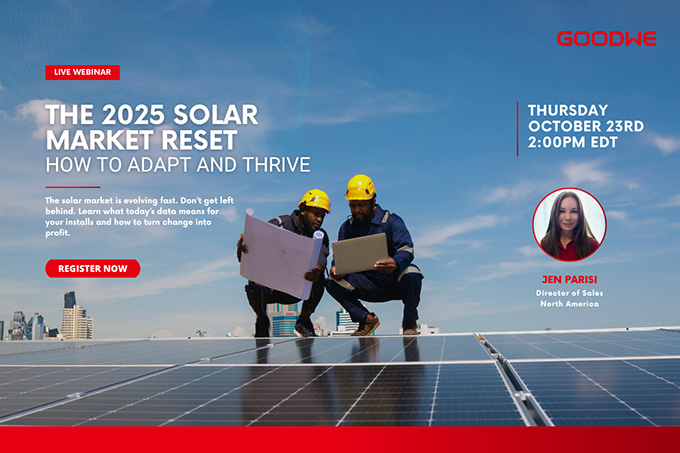
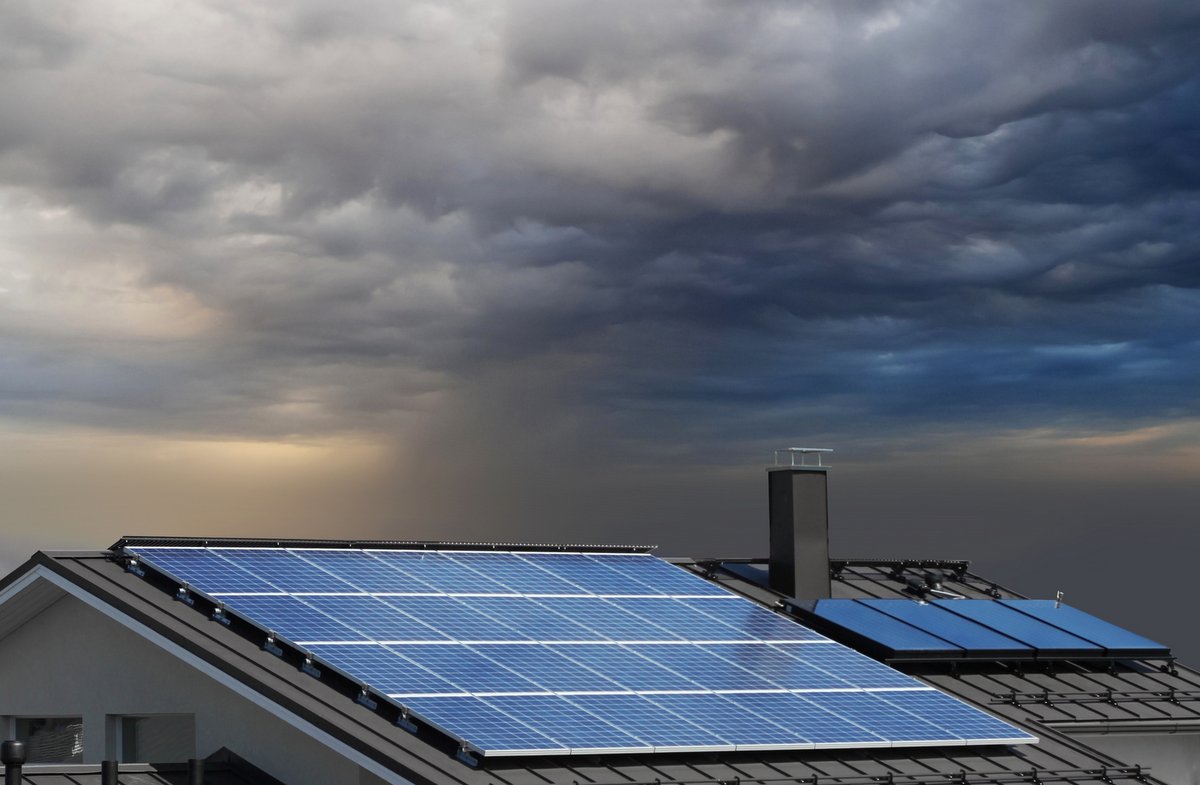
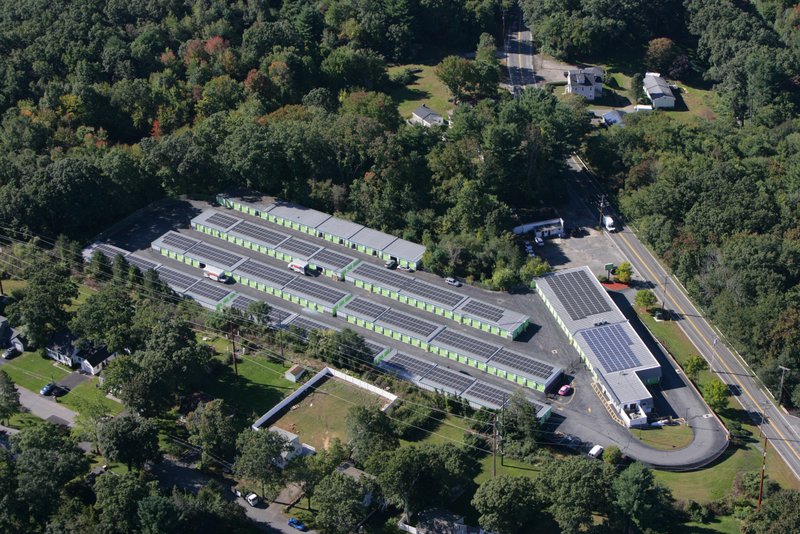
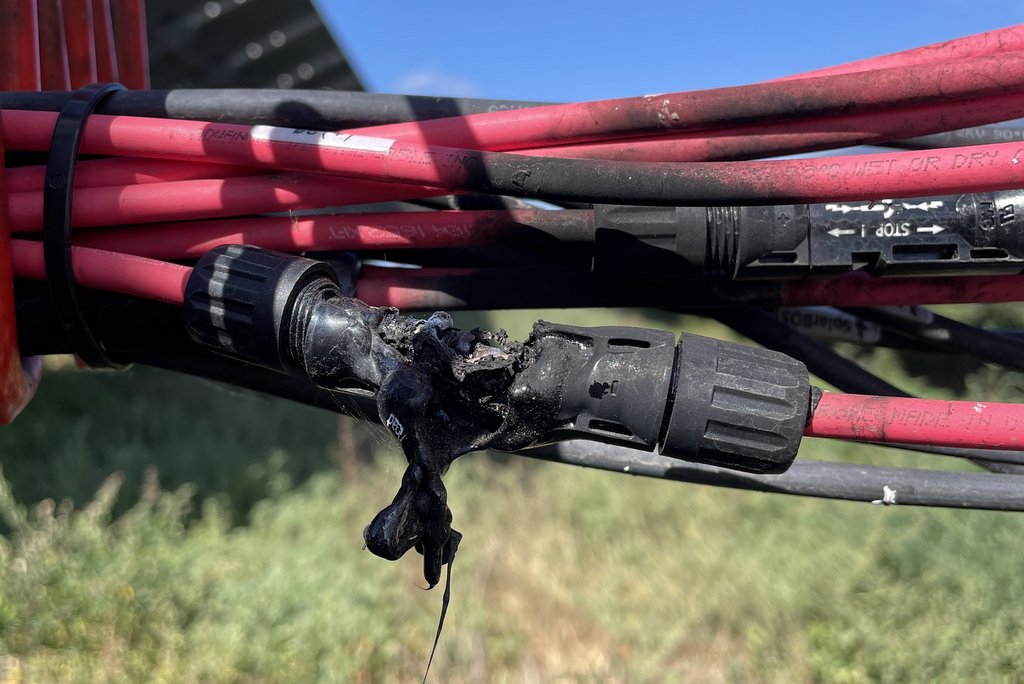
Comments are closed here.